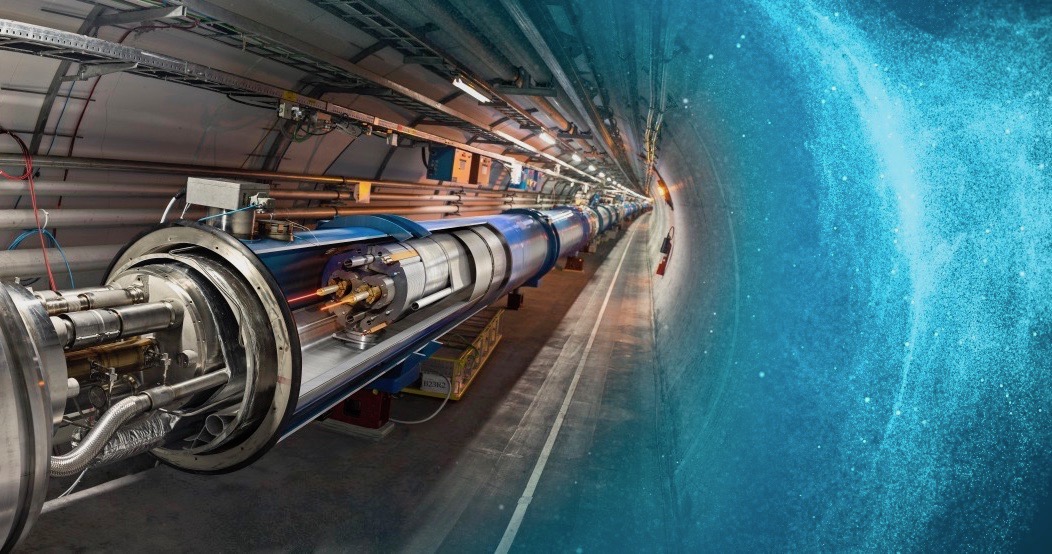Researchers from the Institute of Corpuscular Physics (IFIC, CSIC-UV) measure for the first time the mass of the bottom quark –one of the basic constituents of matter– from its interactions with the Higgs boson; and they confirm, as the theory predicts, that this mass can vary. The work, published in Physical Review Letters, was done in collaboration with researchers from the universities of Vienna and Tohoku, and with the Paul Scherrer Institute.
The Standard Model of particle physics, the theory that best describes the visible matter in the Universe, predicts that many of the properties of particles have different values depending on the energy at which they are observed. This also occurs with the mass of elementary particles, and it has just been confirmed by a multidisciplinary group of theoretical and experimental researchers from the Institute of Corpuscular Physics (IFIC) – a joint centre of the University of Valencia (UV) and the Spanish National Research Council (CSIC)–, thanks to the world’s most powerful particle accelerator, CERN’s Large Hadron Collider (LHC). There they have observed how a Higgs boson disintegrates into bottom quarks, one of the fundamental constituents of matter.
Combining these observations with others obtained at LEP, the former CERN accelerator, IFIC researchers, in collaboration with researchers from the Universities of Vienna (Austria) and Tohoku (Japan), and the Paul Scherrer Institute (Switzerland), have measured the mass of the bottom quark with an accuracy of 14%, and have further confirmed that it is lighter at higher energies. The value obtained is compatible with the predictions of the Standard Model, and rules out the hypothesis that mass does not change with energy. This work was presented by Marcel Vos, an IFIC researcher, at the prestigious Rencontres de Moriond conference (France), and it has just been published in the journal Physical Review Letters.
“Proving that the masses of elementary particles change as a function of the energy of the experiment is, first of all, a clear proof of their quantum behaviour. Furthermore, measuring this change with great precision allows, on the one hand, to stress test the validity of the predictions of the Standard Model and, on the other, to intuit the possible existence of new particles or forces in the event that the data deviates from the expected evolution”, points out Germán Rodrigo, researcher at IFIC.
The analysis carried out by the IFIC researchers also includes a prospective study on the improvements that could be derived from the new data that the LHC is going to obtain in the coming years, as well as from future colliders that could act as ‘Higgs factories’ in which large quantities of these particles are generated, which would allow the masses of quarks at high energies to be studied in much more detail.
Reference:
Aparisi, J. Fuster, A. Hoang, A. Irles, C. Lepenik, G. Rodrigo, M. Spira, S. Tairafune, M. Vos, H. Yamamoto and R. Yonamine, mb at mH: the running bottom quark mass and the Higgs boson, Phys. Rev. Lett. 128, 122001. DOI: https://doi.org/10.1103/PhysRevLett.128.122001
PHOTO: Recreation of the interior of the LHC tunnel, where the collisions that have given rise to these results occurred. Credits: CERN.


